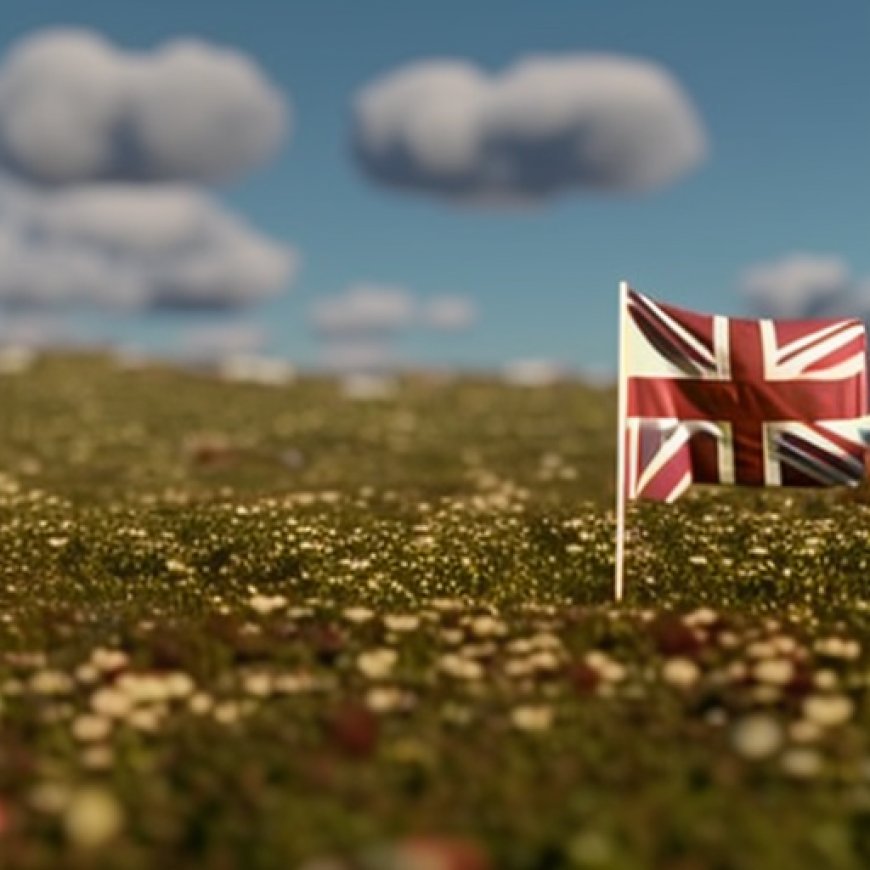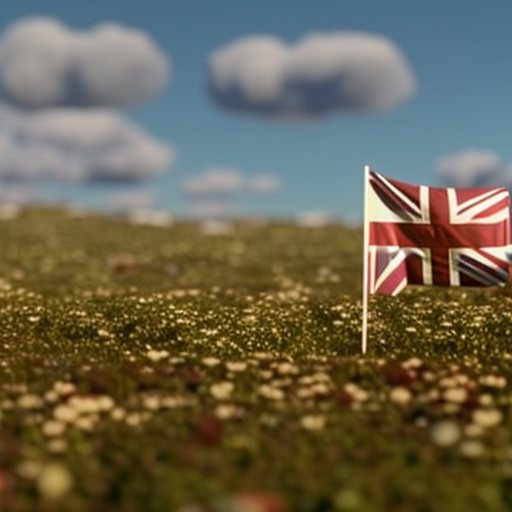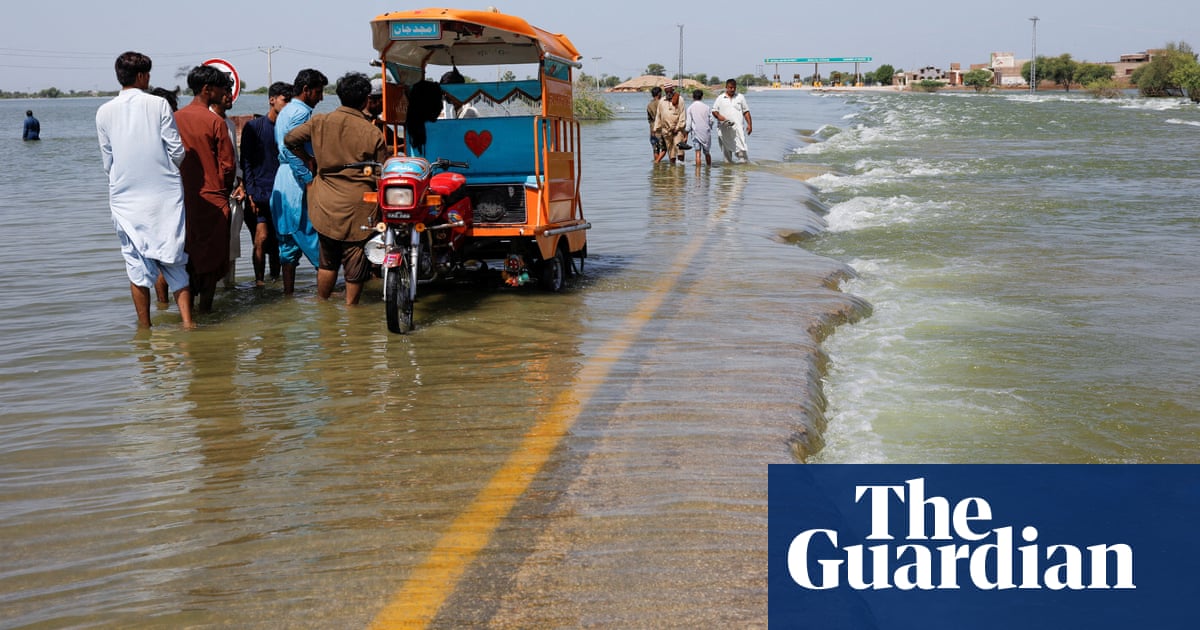UK bilateral aid to start rising after ‘terrible’ cuts
UK bilateral aid to start rising after ‘terrible’ cuts The Guardian


The UK’s Overseas Aid Budget to Increase, Focusing on Sustainable Development Goals

The UK’s bilateral overseas aid budget will start to increase in 2024-25 after taking a “terrible hit” over the previous three years, according to Andrew Mitchell, the minister for development and Africa.
Increasing Aid Budget
- The overall aid budget, covering multilateral and bilateral aid, is set to rise from £7.4bn this financial year to £8.3bn next year.
- Bilateral aid funding to the lowest-income countries will nearly double in 2024-25.
- Bilateral aid to Africa as a region will also increase from £646m this financial year to £1.36bn next year.
- £1bn will be allocated for humanitarian aid.
Mitchell acknowledged that bilateral spending had suffered in 2023-24 to maintain the government’s multilateral aid commitments.
Positive Projections for 2024-25
- Projections for 2024-25 reflect economic growth, tighter control of the budget, and expected cuts to costs incurred by the Home Office for housing and feeding refugees arriving in the UK.
- Bilateral aid to Afghanistan will rise from £100m to £151m next year.
- Aid to Pakistan, which has experienced severe flooding, will increase from £41m to £133m.
- Other significant projected increases include Ethiopia, Somalia, and South Sudan.
Mitchell expressed confidence in the projections for 2024-25 and highlighted the joint efforts of the Foreign Office and Treasury in controlling spending on refugees.
Rebuilding Reputation as an Aid Superpower
Mitchell, a fierce critic of aid spending cuts, aims to restore the UK’s lost reputation as an aid superpower. He plans to publish a white paper that focuses on climate change and the Sustainable Development Goals (SDGs) to attract cross-party support and address global concerns about aid distribution.
Critics argue that the projected increases are insufficient to return aid spending to previous levels when the budget was set at 0.7% of GDP. The government is projected to meet the conditions for the aid budget to rise again to 0.7% in 2027-28.
Mitchell emphasized the importance of making the merger between the Department of International Development and the Foreign Office work, despite his personal opinion that it was a mistake.
In conclusion, the UK’s overseas aid budget is set to increase, with a focus on achieving the SDGs. The projected rises in bilateral aid to low-income countries, Africa, and regions affected by crises demonstrate the government’s commitment to sustainable development and humanitarian assistance.
SDGs, Targets, and Indicators
-
SDG 1: No Poverty
- Target 1.1: By 2030, eradicate extreme poverty for all people everywhere, currently measured as people living on less than $1.25 a day.
- Indicator: The article mentions that bilateral aid funding to the lowest-income countries would nearly double in 2024-25.
-
SDG 2: Zero Hunger
- Target 2.1: By 2030, end hunger and ensure access by all people, in particular the poor and people in vulnerable situations, including infants, to safe, nutritious, and sufficient food all year round.
- Indicator: The article mentions that aid to Pakistan, which has experienced severe flooding, would rise from £41m to £133m.
-
SDG 3: Good Health and Well-being
- Target 3.8: Achieve universal health coverage, including financial risk protection, access to quality essential health-care services, and access to safe, effective, quality, and affordable essential medicines and vaccines for all.
- Indicator: The article does not provide specific indicators related to this target.
-
SDG 4: Quality Education
- Target 4.1: By 2030, ensure that all girls and boys complete free, equitable, and quality primary and secondary education leading to relevant and effective learning outcomes.
- Indicator: The article does not provide specific indicators related to this target.
-
SDG 5: Gender Equality
- Target 5.1: End all forms of discrimination against all women and girls everywhere.
- Indicator: The article does not provide specific indicators related to this target.
-
SDG 6: Clean Water and Sanitation
- Target 6.1: By 2030, achieve universal and equitable access to safe and affordable drinking water for all.
- Indicator: The article does not provide specific indicators related to this target.
-
SDG 8: Decent Work and Economic Growth
- Target 8.1: Sustain per capita economic growth in accordance with national circumstances and, in particular, at least 7 percent gross domestic product growth per annum in the least developed countries.
- Indicator: The article mentions that the UK’s bilateral overseas aid budget will start to increase in 2024-25 after taking a “terrible hit” over the previous three years.
-
SDG 10: Reduced Inequalities
- Target 10.1: By 2030, progressively achieve and sustain income growth of the bottom 40 percent of the population at a rate higher than the national average.
- Indicator: The article mentions that bilateral aid funding to the lowest-income countries would nearly double in 2024-25.
-
SDG 13: Climate Action
- Target 13.1: Strengthen resilience and adaptive capacity to climate-related hazards and natural disasters in all countries.
- Indicator: The article does not provide specific indicators related to this target.
-
SDG 16: Peace, Justice, and Strong Institutions
- Target 16.6: Develop effective, accountable, and transparent institutions at all levels.
- Indicator: The article mentions that a joint Foreign Office-Treasury star chamber was helping to bring down spending on refugees by hundreds of thousands of pounds.
Table: SDGs, Targets, and Indicators
| SDGs | Targets | Indicators |
|---|---|---|
| SDG 1: No Poverty | Target 1.1: By 2030, eradicate extreme poverty for all people everywhere, currently measured as people living on less than $1.25 a day. | The article mentions that bilateral aid funding to the lowest-income countries would nearly double in 2024-25. |
| SDG 2: Zero Hunger | Target 2.1: By 2030, end hunger and ensure access by all people, in particular the poor and people in vulnerable situations, including infants, to safe, nutritious, and sufficient food all year round. | The article mentions that aid to Pakistan, which has experienced severe flooding, would rise from £41m to £133m. |
| SDG 3: Good Health and Well-being | Target 3.8: Achieve universal health coverage, including financial risk protection, access to quality essential health-care services, and access to safe, effective, quality, and affordable essential medicines and vaccines for all. | The article does not provide specific indicators related to this target. |
| SDG 4: Quality Education | Target 4.1: By 2030, ensure that all girls and boys complete free, equitable, and quality primary and secondary education leading to relevant and effective learning outcomes. | The article does not provide specific indicators related to this target. |
| SDG 5: Gender Equality | Target 5.1: End all forms of discrimination against all women and girls everywhere. | The article does not provide specific indicators related to this target
Behold! This splendid article springs forth from the wellspring of knowledge, shaped by a wondrous proprietary AI technology that delved into a vast ocean of data, illuminating the path towards the Sustainable Development Goals. Remember that all rights are reserved by SDG Investors LLC, empowering us to champion progress together. Source: theguardian.com
Join us, as fellow seekers of change, on a transformative journey at https://sdgtalks.ai/welcome, where you can become a member and actively contribute to shaping a brighter future.
|








